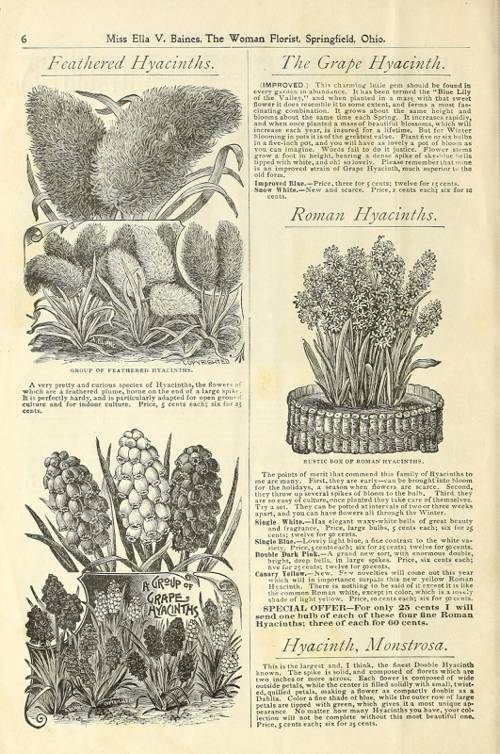
FAQ About Indoor Plant Cold Tolerance

What is cold tolerance in indoor plants?
Cold tolerance in indoor plants refers to their ability to withstand lower temperatures without experiencing damage or stress. This characteristic is essential for plants that are kept in environments where temperatures may drop, such as during winter. Understanding a plant's cold tolerance helps in choosing the right species for indoor settings where temperature control might be challenging.

Which indoor plants are known for high cold tolerance?
Some indoor plants known for their high cold tolerance include snake plants (Sansevieria), spider plants (Chlorophytum comosum), and pothos (Epipremnum aureum). These plants can survive in cooler conditions and are less susceptible to temperature-related stress compared to tropical indoor plants.

How can I increase the cold tolerance of my indoor plants?
To enhance cold tolerance, gradually acclimate your plants to cooler temperatures. Avoid placing them near drafts or directly on cold surfaces, and ensure they have adequate light and water according to their needs. Mulching the soil surface can also help to insulate roots and maintain warmth.

What is the ideal indoor temperature for cold-tolerant plants?
The ideal indoor temperature for cold-tolerant plants typically ranges from 50 to 60 degrees Fahrenheit (10 to 15 degrees Celsius). However, this can vary depending on the specific plant species, so it is essential to research individual plant requirements.

How do I care for indoor plants during winter?
During winter, reduce watering since most plants require less moisture in colder conditions. Ensure they receive enough light, possibly using grow lights, and maintain humidity levels using humidifiers or pebble trays. Check for any draughts near windows and doors that could stress the plants.

Will cold temperatures affect the growth of indoor plants?
Yes, cold temperatures can slow down the growth of indoor plants as lower temperatures often lead to a dormancy period where growth activities decrease. However, cold-tolerant plants may not experience significant growth alterations if kept within their ideal temperature range.

Can I use heaters to protect indoor plants from cold?
While heaters can help maintain a warm environment for indoor plants, it's crucial to ensure they don't dry out the air excessively, which can harm certain plants. Using a humidifier alongside a heater can help maintain adequate humidity levels. Make sure to keep plants at a safe distance from direct heat sources.

What are signs of cold damage in indoor plants?
Signs of cold damage in indoor plants include wilting, discoloration, and leaf drop. Leaves may appear darkened, particularly along edges or tips, and growth may become stunted. It's essential to address these issues quickly to prevent further damage.

Why do some indoor plants have higher cold tolerance than others?
Indoor plants with higher cold tolerance typically originate from temperate climates or environments where they have adapted to survive cooler conditions. These adaptations can include thicker leaves, reduced transpiration, or metabolic changes that help them conserve energy during cold periods.

How does humidity affect cold-tolerant indoor plants?
Humidity is essential for the well-being of cold-tolerant indoor plants. Even those that can withstand cool temperatures may suffer from low humidity, which can cause leaf edges to brown and overall dehydration. Maintaining proper humidity through a humidifier or pebble trays can benefit plant health.

Can pruning help improve the cold tolerance of indoor plants?
Pruning can indirectly aid in improving the cold tolerance of indoor plants by removing any dead or diseased parts that may otherwise stress the plant. Healthy plants are generally more equipped to handle environmental stressors, including cold temperatures.

Do indoor plants require different soil during colder months?
Indoor plants do not necessarily require different soil for winter but ensuring good drainage is crucial. Well-drained soil can prevent waterlogging, which can be more prevalent in winter due to reduced evaporation. Avoid heavy watering and consider using soil additives like perlite to improve aeration and drainage.

Is it possible to acclimate tropical indoor plants to cooler temperatures?
Acclimating tropical indoor plants to cooler temperatures is challenging but possible if done gradually. Begin by slowly reducing temperature exposure over time and ensuring these plants are never exposed to extreme cold. Providing adequate humidity and indirect light can also help ease the transition.

How can lighting affect indoor plants' cold tolerance?
Adequate lighting helps plants photosynthesize efficiently, which provides energy to better cope with colder temperatures. During winter, supplemental grow lights may be necessary to make up for reduced daylight hours, supporting plant health and indirectly enhancing cold tolerance.

What indoor plant care mistakes should be avoided during winter?
Avoid overwatering as most plants need less water due to slower growth in colder months. Do not place plants near heaters or open windows where they might be exposed to temperature fluctuations. Additionally, neglecting the need for light and humidity can stress the plants significantly.

Are succulents cold-tolerant indoors?
Some succulents are cold-tolerant and can endure cooler indoor temperatures better than others. However, most prefer temperatures above freezing. Varieties like jade plants and aloe are generally more resistant to cold and suitable for indoor growth where temperatures are controlled.

How often should I water cold-tolerant indoor plants in winter?
The frequency of watering cold-tolerant indoor plants decreases in winter as their growth slows. Watering might be required only every few weeks, depending on the plant. It's essential to let the soil dry out between watering to prevent root rot.

Can fertilizers help improve plant cold tolerance?
Fertilizers can help maintain overall plant health, but excessive use during colder months is not advisable, as plants typically have slower growth. Feeding in early fall can prepare plants for winter, but reducing or stopping fertilization during the peak of winter is recommended.

What should I do if my indoor plant is showing signs of cold stress?
If your indoor plant shows signs of cold stress, relocate it to a warmer area and ensure it receives adequate light and moisture. Prune any damaged sections and check its roots for any signs of rot or overwatering, adjusting care methods as necessary.

Are there any specialized containers that enhance cold protection for indoor plants?
Specialized pots with insulating materials can help protect the roots of indoor plants from cold drafts. Pots with thicker walls, made from materials like ceramic, can provide some thermal protection. Additionally, using trays or stands to elevate pots from cold floors can serve as a good preventive measure.
